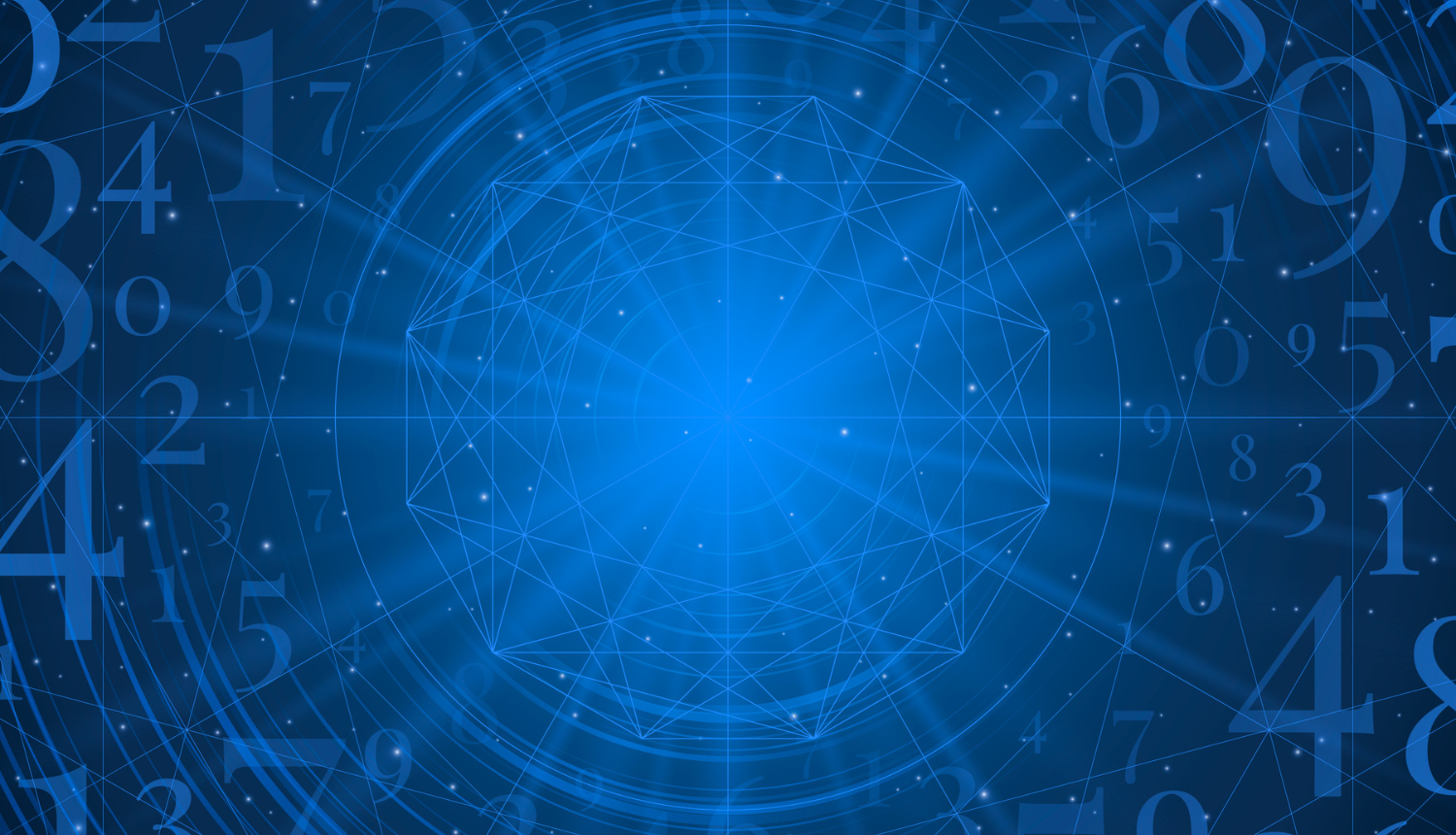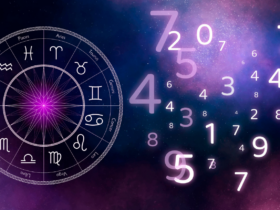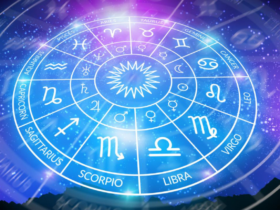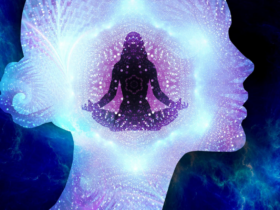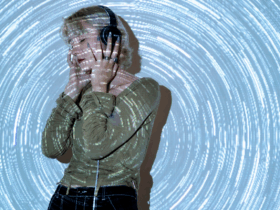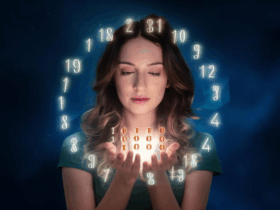Mathematics and mysticism may seem worlds apart, yet throughout history, numerology has bridged the two—assigning deep symbolic meanings to numbers while drawing from mathematical principles. Numerology, the belief that numbers carry intrinsic, often spiritual significance, transforms algebraic concepts into archetypal patterns of human experience.
In traditional numerology, every number has a personality. One symbolizes unity and beginnings; two reflects balance and duality; seven often denotes spiritual insight. These associations parallel foundational mathematical ideas—such as the singular identity of “one” in algebra or the symmetry found in duality and equations.
Numerological systems often use reduction, a process resembling modular arithmetic, where multi-digit numbers are condensed to a single digit through repeated addition. For example, the number 345 becomes 3 + 4 + 5 = 12, and then 1 + 2 = 3. This echoes algebraic simplification, highlighting how structure and essence can be distilled.
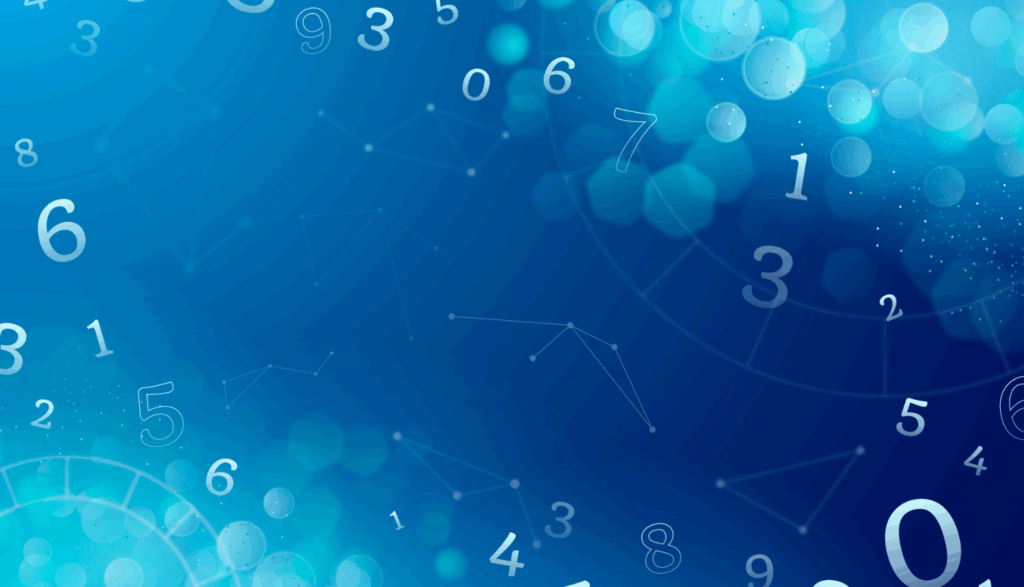
More intriguingly, numerology projects archetypes onto these mathematical patterns. The Pythagoreans, early Greek philosophers and mathematicians, believed numbers were the ultimate reality and that their properties could reveal universal truths. In this worldview, mathematical order mirrored cosmic order.
While numerology lacks the empirical grounding of modern mathematics, it reflects a timeless human desire to find meaning in patterns. From algebraic functions to symbolic archetypes, both disciplines show that numbers can be more than quantities—they can be keys to understanding the self, the cosmos, and everything in between.
Related: The Hidden Influence of Numbers in Choosing Your Closest Friends
